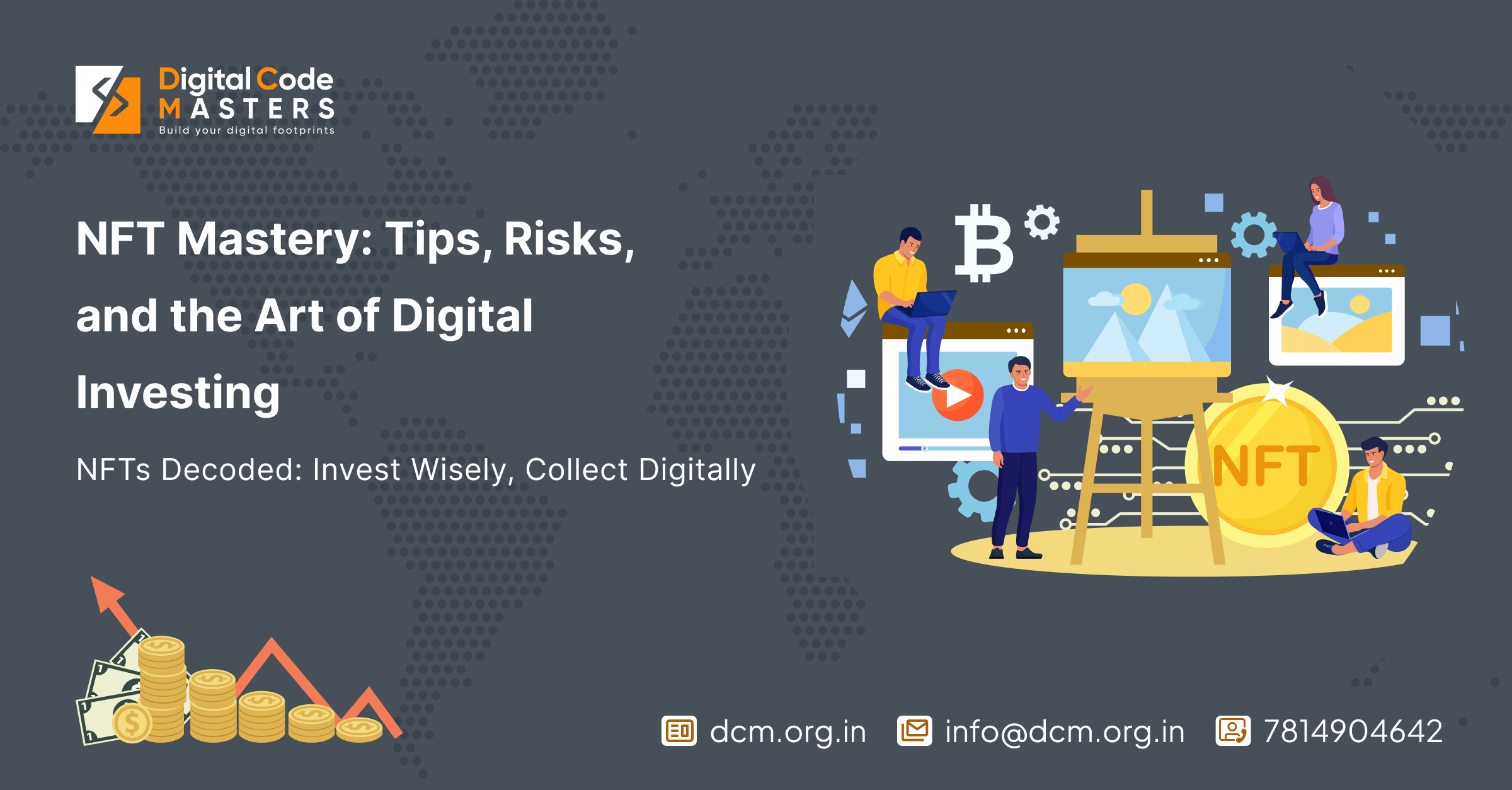
Introduction
There’s a buzz in the digital world, and it’s all about NFTs. Non-Fungible Tokens, or NFTs for short, have taken the art and collectibles market by storm. But are they here to stay or just another passing fad? Let’s dive in and unravel the hype surrounding NFTs to determine whether they are a fad or the future of collectibles.
What are NFTs?
Before we can decide their fate, let’s understand what NFTs really are. NFTs are unique digital assets that are bought and sold using blockchain technology. Unlike cryptocurrencies such as Bitcoin or Ethereum, which are fungible and can be exchanged for one another, NFTs are one-of-a-kind. Each NFT has a distinct value and can represent anything from digital artwork, music, videos, virtual real estate, and even tweets.
The Hype Surrounding NFTs
Now that we know what NFTs are, let’s explore why they have become the talk of the town. One of the main reasons for the hype is the potential for artists and creators to monetize their work directly. NFTs allow artists to sell their digital creations and retain ownership rights, even after the sale. This has opened up new avenues for artists to earn a living and gain recognition in the digital realm.
Additionally, the scarcity and uniqueness of NFTs make them highly desirable. Collectors are drawn to the exclusivity that comes with owning a one-of-a-kind digital asset. The ability to prove ownership and authenticity through blockchain technology adds a layer of security and trust, further fueling the demand for NFTs.
The Fad Argument
With all the hype surrounding NFTs, it’s easy to dismiss them as a passing fad. Critics argue that the current NFT market is inflated and unsustainable. Some believe that the high prices being paid for digital assets are driven more by speculation and hype rather than genuine value.
Another concern is the environmental impact of NFTs. The energy consumption associated with blockchain technology, particularly in the case of Ethereum, has raised eyebrows. As the popularity of NFTs grows, so does the carbon footprint associated with their creation and transaction.
The Future of Collectibles
Despite the arguments against NFTs, there are compelling reasons to believe that they are more than just a passing fad. NFTs have the potential to revolutionize the way we perceive and collect art and other digital assets.
For starters, NFTs provide a new level of transparency and traceability. The blockchain technology used in NFTs ensures that every transaction is recorded and cannot be tampered with. This creates a trustworthy and verifiable history of ownership, which is crucial in the world of collectibles.
NFTs also offer new opportunities for artists and creators. The ability to earn royalties on secondary sales is a game-changer. Artists can now benefit from the increased value of their work in the secondary market, providing them with a sustainable source of income.
Furthermore, NFTs have the potential to democratize the art world. The traditional art market has long been dominated by galleries and auction houses, making it difficult for emerging artists to break through. NFTs provide a platform for artists to showcase their work directly to a global audience, bypassing the gatekeepers of the art world.
Conclusion
So, are NFTs a fad or the future of collectibles? While there are valid concerns and criticisms surrounding NFTs, their potential to revolutionize the art and collectibles market cannot be ignored. NFTs provide artists with new opportunities for monetization, collectors with exclusive ownership, and the art world with a more transparent and inclusive ecosystem.
Only time will tell if NFTs will stand the test of time, but for now, it’s safe to say that they are more than just a passing fad. So, if you’re considering investing in an NFT, do your research, trust your gut, and remember that the future of collectibles might just be digital.




